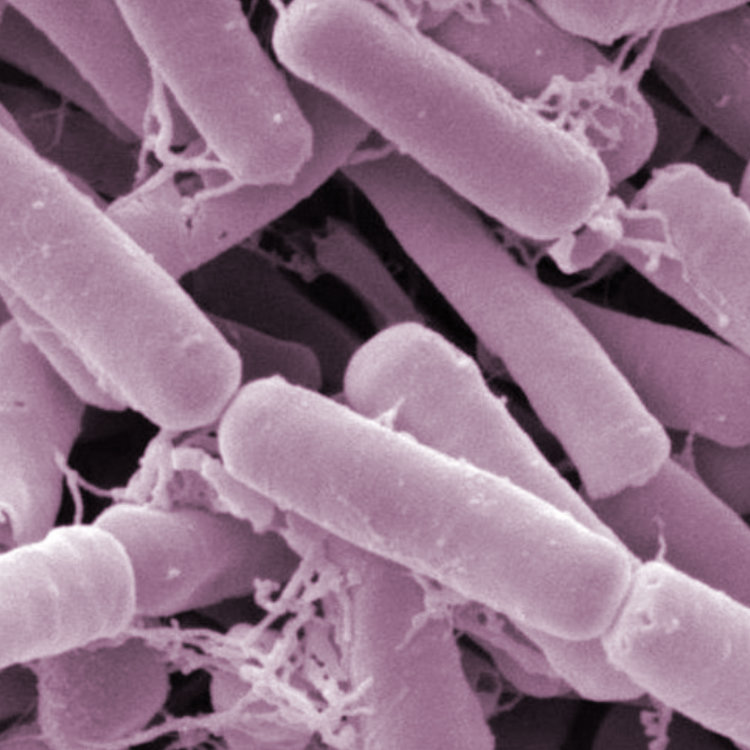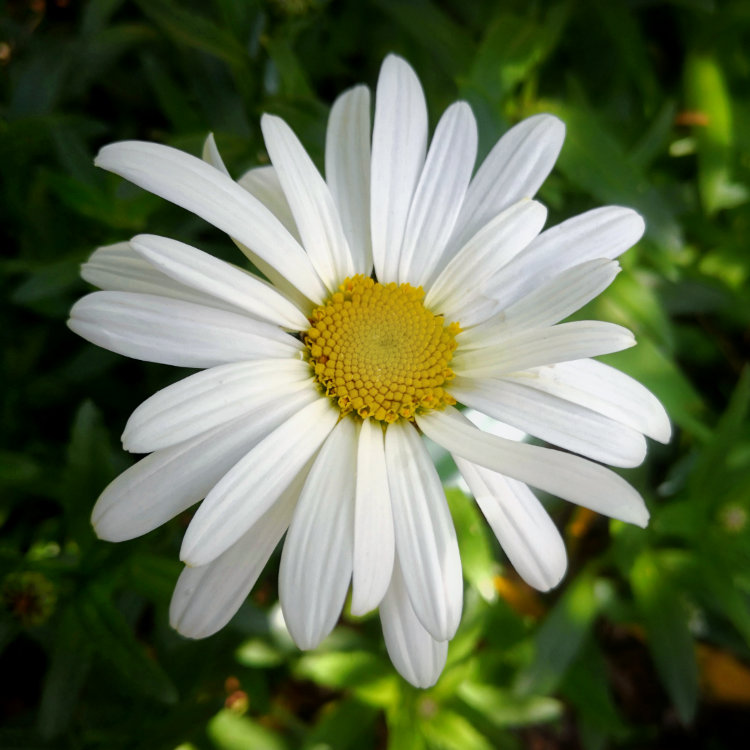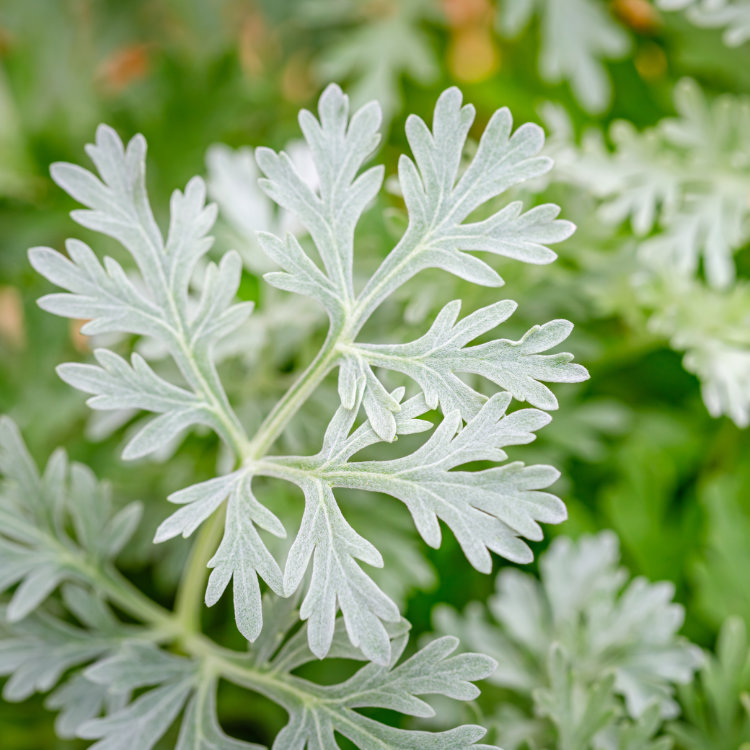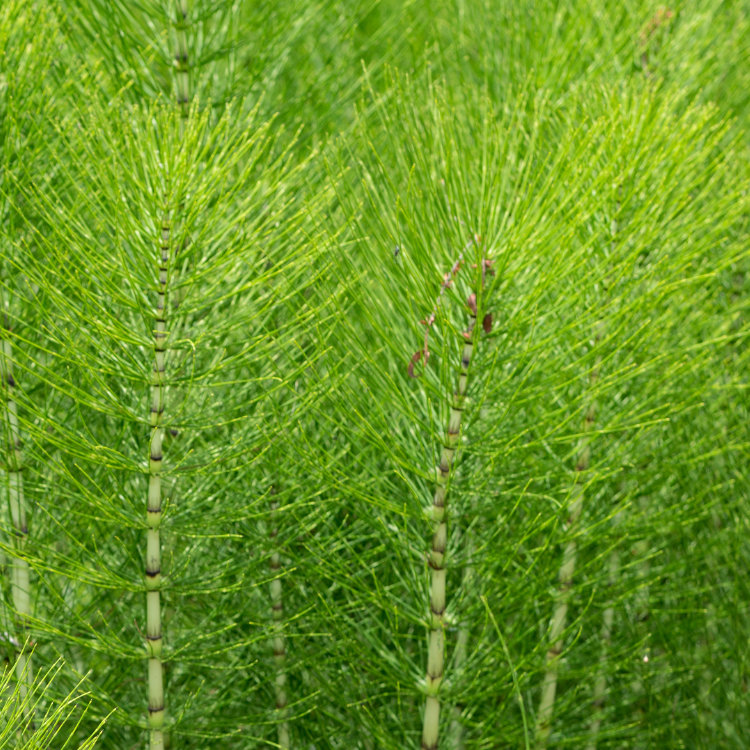Info
Bacillus thuringiensis (Bt) is a microbe naturally found in some soils used as pest control in organic gardening. It produces cristal proteins that are toxic to young, immature insects (or larvae).
For organic gardeners the most important pests controlled by Bt are leaf feeding caterpillars. For this purpose, the Bacillus thuringiensis kurstaki (Btk) strain is the best known solution.
Good for:
Leaf feeding caterpillars such as tomato hornworms, corn borers, ear-worms, cabbage loopers, leaf rollers, etc.
There are several types of Bacillus thuringiensis. Each one targets different insects, including beetles, mosquitoes, black flies, caterpillars, and moths.
Supplies Needed
Bacillus thuringiensis products are available as ready-to-use formulas or as concentrates.
With ready-to-use options, as its name implies, you simply have to spray it on your plants.
Preparation
For Bt concentrates you just need to add water.
Since this is a brand requisite, you need to read the label of the Bt product you bought to find out the ratio of how much water you need to add.
General Use
Spray both the top and bottom surfaces of the leaves (very important). Sometimes it’s also recommended to spray the stems and the soil around the plant.
Bt is rapidly inactivated by the UV radiation in sunlight so the best time to spray Bacillus thuringiensis is in the evening.
Special Care
Several studies including the ones listed in the Nacional Library of Medicine clearly states “Based on laboratory studies and field experience, Bt insecticides have an excellent safety record.” So you can assume it’s safe for you and the environment.
Read label instructions and use the right strain of Bt that targets the insect larval stage you want to control.
You may also like to know more about





